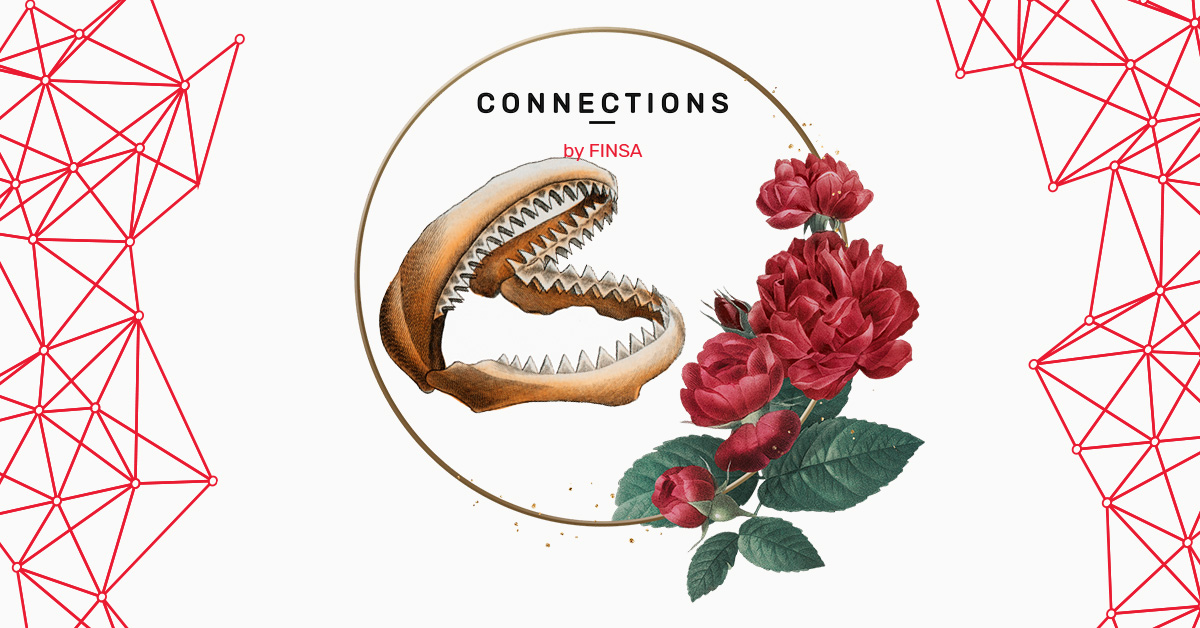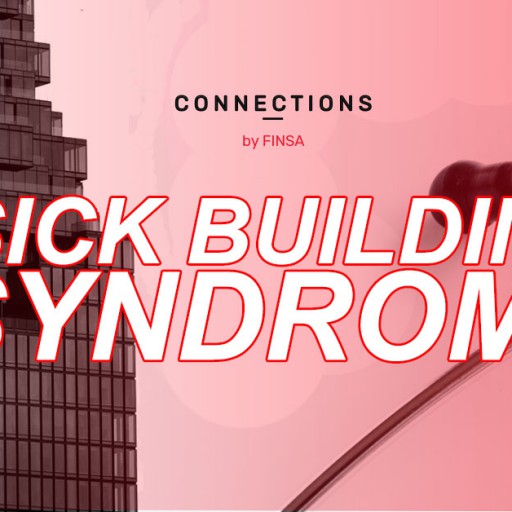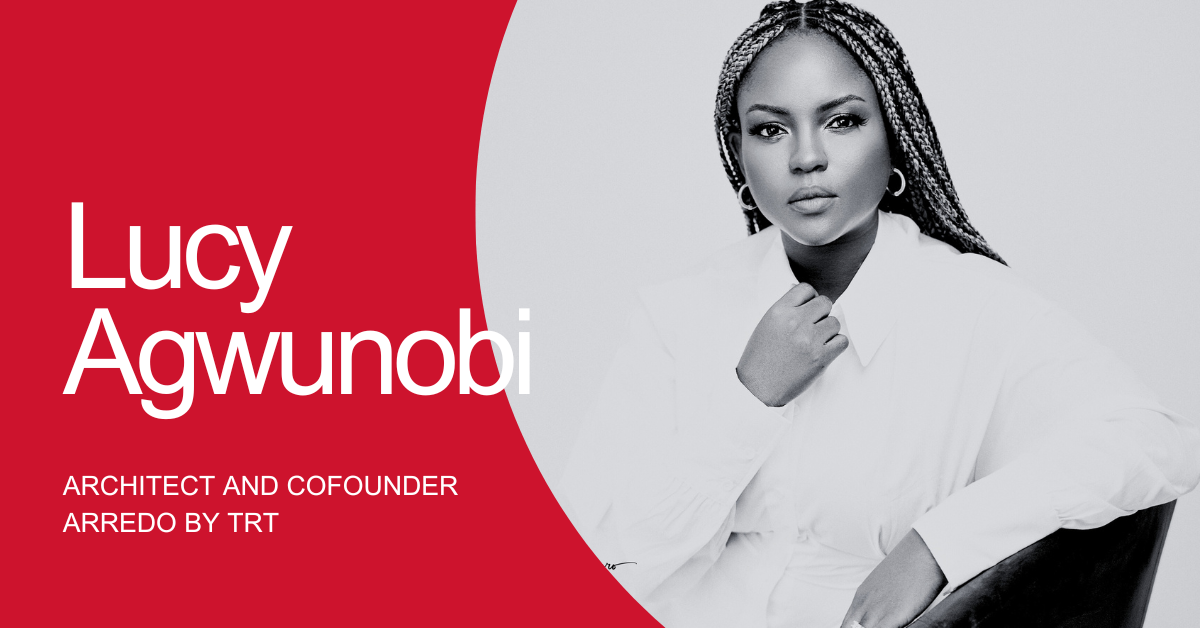“If one way be better than another, that you may be sure is nature’s way”. This statement was not made recently, although it is more relevant now than ever. It was said by Aristotle, who saw nature as a source of knowledge for sustainable development.
Throughout the centuries, we have tried to copy nature in order to advance, improve, and find the answers in the natural world to many of our problems. The work of Leonardo da Vinci is one example: his flying machines were inspired by bird wings.

There are countless examples of this in many different fields, including engineering, robotics, architecture, and aeronautics. This desire to emulate nature has a name: biomimicry or biomimetics – a type of design inspired by nature which results in better performance with less impact.
The idea is, if we are trying to achieve a more sustainable world, why not emulate the epitome of sustainability?
Nature has adapted to overcome its own challenges, it has survived for millions of years, it has known how to adapt to changing circumstances. And it has done so by drawing on itself in an efficient way, taking advantage of the surroundings and without generating any waste.
Copying nature will help us to overcome one of the greatest challenges: “achieving the Sustainable Development Goals by trying to minimise [our] impact and providing solutions to the societal and energy requirement changes that humanity is facing,” says Marlén López, an architect and the director of the Laboratorio Biomimético.
Biomimetics in architecture
The use of biomimetics is particularly significant in architecture. At the end of the nineteenth century, Antonio Gaudí was inspired by forests when designing the interior of his masterpiece, The Sagrada Familia. The idea was to make visitors feel like they were walking on the forest floor and create an atmosphere that inspired people to pray.
Ver esta publicación en Instagram
Another example is the Palacio de Cristal in Retiro Park, Madrid, inspired by Joseph Paxton’s nineteenth century design that was based on the structural patterns of a giant iris.
An invention inspired by thistles
It’s not just architecture that has been inspired by the natural world. A stroll through the countryside resulted in the invention of Velcro, which sticks to things in the same way that alpine thistles stuck to the clothes of Swiss engineer George de Mestral, its inventor. He was able to look at nature differently. And this is most likely the secret to success in this discipline. Nature doesn’t just make us feel things, it also provides solutions. As architect Marlén López says, “it is an open book, all we have to do is ask the right questions”.
Biomimicry: a scientific discipline on the rise
These are just some of the examples of biomimicry that we’ve seen over the course of history. However, it wasn’t until the end of the twentieth century that it got a real boost.
Naturist and leading scientist Janine Benyus popularised the term and cemented its place in the science world with the creation of the Biomimicry Institute in Montana in 2006. The seed was planted and a whole research network was created, with the natural world serving as its inspiration.
In her book Biomimicry: Innovation Inspired by Nature, Benyus says that “[It’s been} an incredible 3.8 billion years since the first bacteria. In that time, life has learned to fly, circumnavigate the globe, live in the depths of the ocean and atop the highest peaks, craft miracle materials, light up the night, lasso the sun’s energy…In short, living things have done everything we want to do, without guzzling fossil fuel, polluting the planet, or mortgaging their future. What better models could there be?… Our challenge is to take these time-tested ideas and echo them in our own lives…there is more to discover than to invent”.
And that’s what it’s all about – discovering materials, shapes, systems, and processes in nature that can be applied to our own lives.
From lotus flower to shark
We’ve already shown you some examples of biomimetic designs. But there are countless sources of inspiration for everything from structures to materials to be found in nature.
The lotus flower is water repellent and self-cleaning, which has inspired the design of impermeable fabrics as well as dirt- and moisture-repellent materials. One of these is the exterior paint Lotusan, which behaves in the same way a lotus flower does when water droplets fall on its surface.
Shark skin is covered in denticles that reduce water resistance and increase swimming speed. This inspired the design of swimsuits for competitive swimming, including those used at the 2008 Olympic Games. The three-dimensional structure of these denticles also stops bacteria sticking to them, something that is particularly useful in healthcare and that’s being investigated by Sharklet Technologies in order to develop materials that inhibit bacteria growth, thus reducing the chance of infection.
As efficient as a hunchback whale
The problem of noise pollution created by a bullet train was solved by changing its shape to one that was inspired by a kingfisher’s beak. But this isn’t the only example of morphology showing us that everything in the natural world exists for a reason.
Th spiral-shaped shell found in several different species, including sea snails, allows for ventilation during movement without needing excess energy or friction. Why not apply this principle to make more efficient engines and thrusters?
Whale fins have lumps that reduce water resistance so that they can swim faster, rise to the surface more easily, and make tight turns to catch their prey. After studying these abilities, biomechanist Frank Fish patented Tubercle Technology, which is now used in plane turbines, wind turbines, and fans.
Ver esta publicación en Instagram
Even soap bubbles have served as inspiration thanks to their ability to adapt to any surface without popping. The Eden project in the UK is an example of biomimetic construction being carried out an old kaolinite mine.
Ver esta publicación en Instagram
Regenerative architecture
As we mentioned, architecture has found many solutions in nature. Architects from all over the world have been inspired by things the like the way beetles store rainwater or the structure of a bird’s skull. There are many designs that have been the direct result of the study of organisms in nature.
One of the most well-known architects working in biomimetics is Michael Pawlyn, who believes that this discipline allows architects to have a positive impact on the environment.
“Architects must now go beyond creating sustainable architecture that does minimal damage to the planet. We must design buildings that help us repair it,” Pawlyn explains. In his opinion, “the best way for architects to create regenerative architecture is by applying biomimicry”.
His projects are clear examples of this belief. His Sahara Forest is able to store water in the middle of the desert, his study of bird skulls helped create lightweight structures, and the building that houses the biomimicry offices of Exploration Architecture is inspired by the structure of a fisheye, maximising natural light.
Ver esta publicación en Instagram
Future challenges
Biomimicry has forged new paths on the road to sustainability and helped create a new relationship between humans and nature. Co-founder of the Red International de Biomimesis R13 Manuel Quirós says “we have a moral obligation to change our relationship with nature and treat it like an ally, rather than the world’s garbage dump”.
This is the challenge facing this relatively new discipline. However, it’s beginning to find success in Nordic countries and the USA, backed up by its sustainability and economic results.
Studies conducted by the Business Institute at Point Loma-Nazarene University in California found that, by 2025, biomimicry will represent more than 300 billion dollars of the USA’s annual GDP in all types of industrial applications, a saving of more than 50 billion dollars in natural resources. It will also create more than 2 million jobs. We have to make sure this train with a bird’s beak keeps on running.




